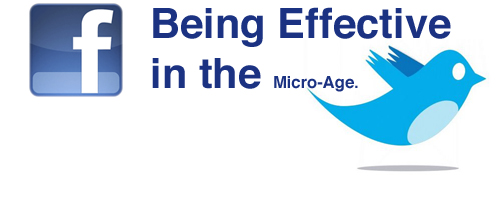
The prime example of this trend is twitter. Twitter started as simply micro-blogging but has evolved to micro-information sharing. Little useful information can gleaned from 140 characters, so many tweets contain links encoded using link shorteners. The same trend is also in facebook, the top social network platform in the world.
Getting viewers to engage in your bite-size information and at the very least look at what you are saying is vital. Without views and interactions, the message is meaningless. The engagement part is especially important. Having 50,000 followers on twitter and 11 followers that actually care about what you say and interact with what you amounts to you having 11 meaningful followers.
Many people have commented on this and given advice. But I will list briefly what I have learned from my own experience using micro content to lead to expanded content. There are several things that must be in place at minimum to set the base for usage and interactivity. This list is primarily applicable to twitter, but it can be applied to other platforms as well.
- Clarity: if people do not know what you are saying they will skim over it in a millisecond. Don't be vague and expect people to pick up on nuances, unless you already have a dedicated following who do that.
- Interaction: comment on other people's post. If you never talk about other people, why would they comment on you?
- History: you must build trust with users through time and experience. Any twitter user will attest to spam messages by new members with simply a link. Build your name and then link.
- Quality: if you have nothing worthwhile after people click your link, they are not going to do it again.
- Humanity: no one likes a machine talking to them. Do not use feeds from other sources of information on twitter or facebook. Of course, there are exceptions but as a rule, be human.
No comments:
Post a Comment